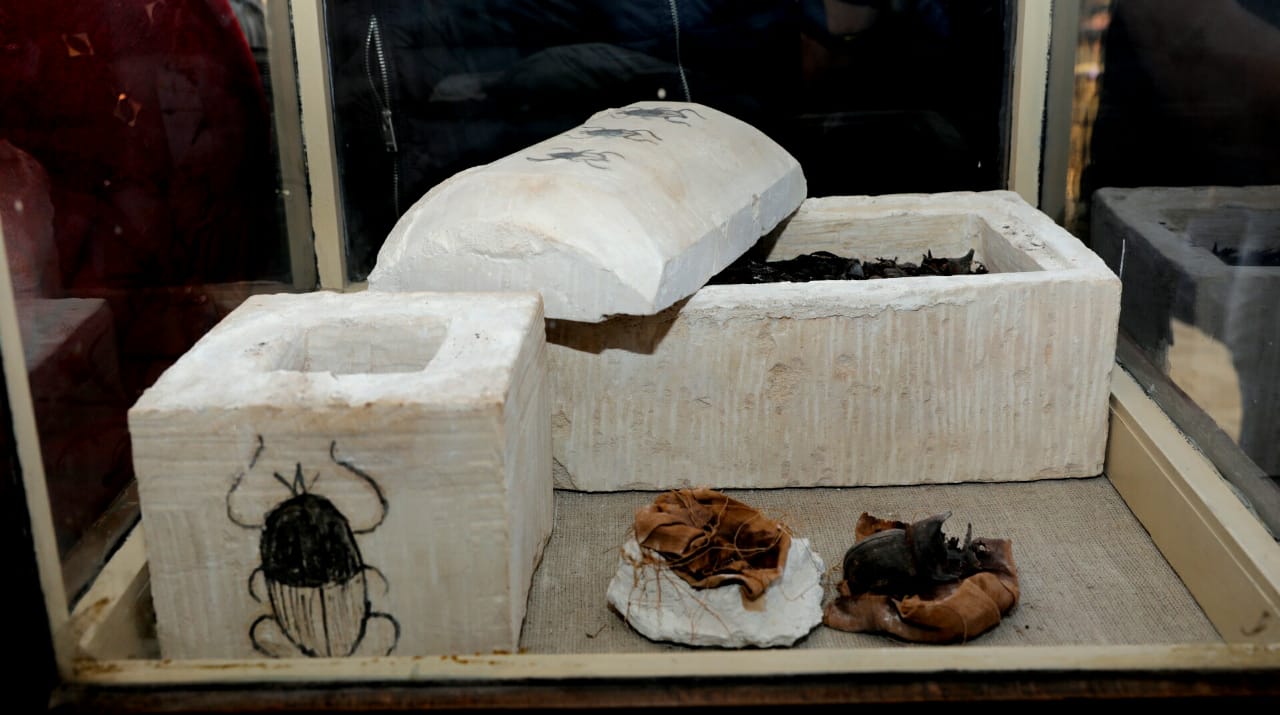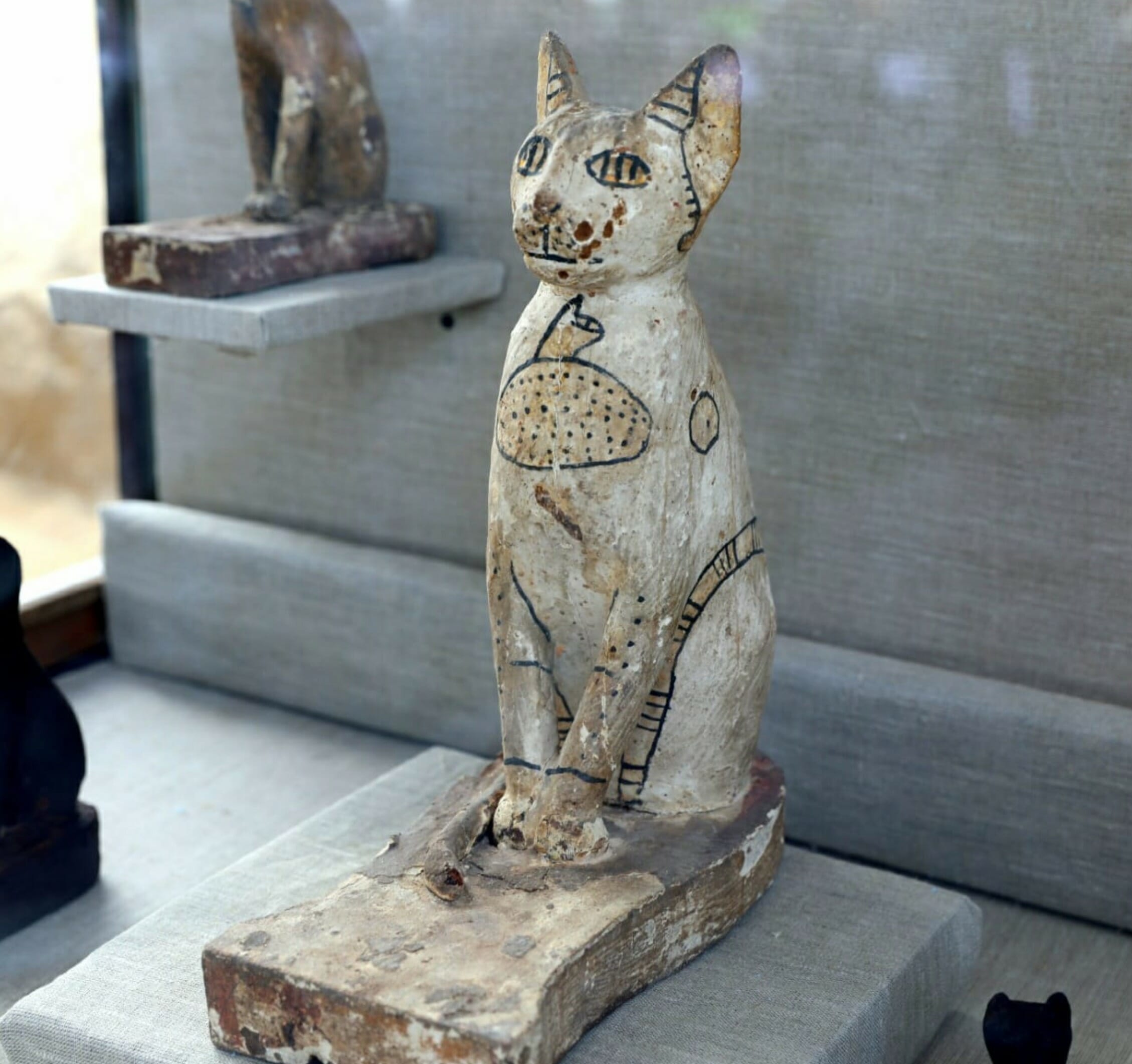Saqqarah << suh KAH ruh, >> also spelled Saqqara, was an ancient Egyptian necropolis (burial ground) near the city of Memphis , not far from Cairo . Memphis served as Egypt’s capital from the time it was founded, around 3000 B.C., and later remained a religious center and the residence of Egyptian pharaohs (kings). Archaeologists investigating Saqqarah have discovered many antiquities that provide information about life in ancient Egypt . Inside, they have found human mummies , ceramic amulets and jars, and writing implements. Millions of animal mummies have also been found at Saqqarah.

Animal embalming was a vast industry in ancient Egypt. Such animals as baboons, cobras, crocodiles, falcons, ibises, and mice were commonly mummified. Animal statues and mummies were seen as physical manifestations of gods, and they were included in burials for companionship, protection, or religious offerings in the afterlife. In 2015, archaeologists discovered a Saqqarah tomb complex dedicated to Anubis , the jackal-headed god of mummification. The chamber was found stuffed with nearly 8 million animal mummies—most of them dogs.

Archaeologists also found dozens of mummified cats and scarab beetles in another Saqqarah tomb. Some of the mummified cats may have been treasured pets. Several gilded (golden) wooden cat statues were also found in the tombs, along with a bronze statue of Bastet , an ancient Egyptian cat goddess. Bastet had a large and widespread cult (group of worshipers) in ancient Egypt. The preserved scarab beetles were wrapped in linen inside small decorated limestone sarcophagi (stone coffins). Some ancient Egyptians worshipped Khepri, who had the form of a scarab beetle. Khepri was a god of resurrection and immortality. Khepri was a relatively obscure god in the ancient Egyptian pantheon.
